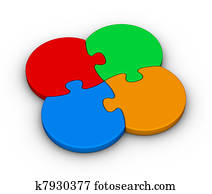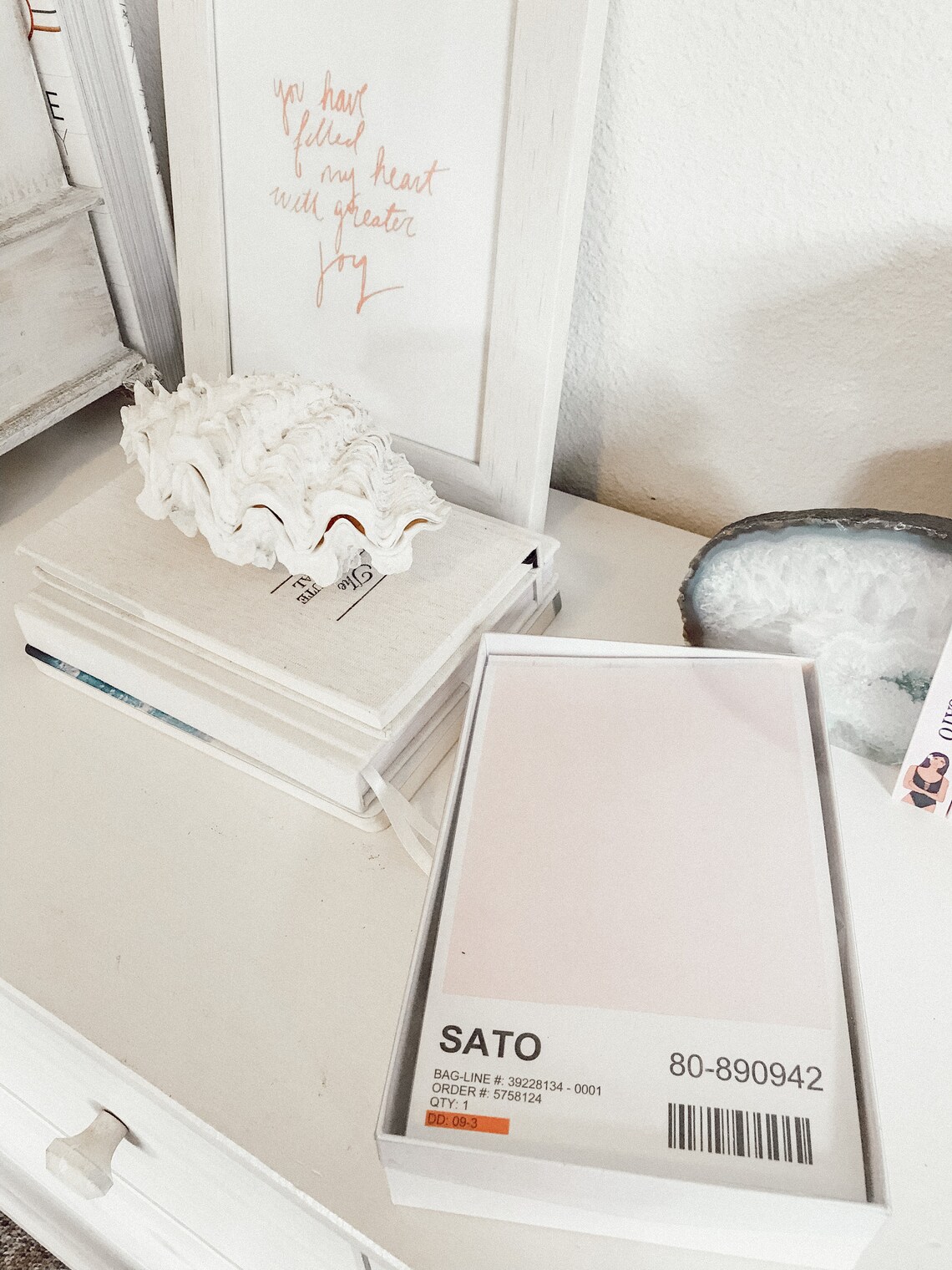
So would you say the 'brute force' approach is a last resort, or is it the typical approach for same colour? If you have 10 shapes, and you know the piece is in one of three of them - do you just try every piece in those three piles? There seems to be no other way.?įor the 32k puzzles you mention, this could mean testing against 500 pieces of candidate solid blue to place each and every piece in that colour band? Is this the reality? :)

The one I'm doing at the moment is by Eurographics, and every single piece is a different shape - but probably putting them in a grid is still going to be an improvement on how I have them laid out at present, and allow me to try an existing piece against them rather than lifting the candidates all over one at a time. Where I have a limited set of shapes I will try sorting them as you do. Keeping pieces in a grid makes this quick. It’s much faster to try one piece against 50 pieces, than to try 50 pieces in one spot. I would add - rather than picking up each individual piece, and trying all the pieces in the spot I’m trying to fill, I take out an adjacent piece, and compare that to/try it with the pieces that are left. But eventually you may have to brute force the pieces by trying everything until you find the right one. And I keep them on foam boards so I can move all the potential pieces directly to the spot I am working on. Also, I array the pieces in a grid so it is easier to look at and compare certain features of the pieces. Being able to divide the big pile into 10 smaller piles makes the task much easier. On the Ravensberger puzzles there are 10 different “shapes” when you consider ins/outs and aspect ratio. On the two 32k piece puzzles I did shape sorting was critical. I assume on the BIG puzzles you all do, you encounter the very same problem, only in much larger quantities! How should I proceed with finding where these 200 pieces of identical blue or black go? But I'm now wondering, looking at these 200 pieces of constant blue - how is it done? I can divide and conquer by working on the border between patterns and colours first, by separating out areas which use very distinctive colours or patterns, or by using shape or colour recognition on a pool of piece I know must contain the ones I need. My goal is to work up to 3000+ pieces, as I love the idea of the increased challenge, demand for more strategy in the face of so many more pieces, and the final result itself! I would recommend flattening it and using a lint roller for easier cleaning.I'm not working on a 3000+pc puzzle yet, but I find with my current project I've done all the "easy" (patterned, well defined, distinctly different or identifiable by other means) pieces and now have a few hundred left that are either all blue, or all black. The felt also makes it a bit difficult to clean leftover puzzle dust. Although you could put a lot of pieces in each tray and still be able to stack it, since there was no interlocking between trays the tower of sorters could easily topple. The Bgraamiens trays were strong enough, but not super sturdy and I could imagine the felt eventually wearing out and becoming less sturdy.

I do wish they had made the brown tray in orange instead just to make the set a bit more pleasing to the eye. It was very easy for me to know which tray would contain which pieces since the colors of the tray would line up with the color of the pieces I sorted. The 6 trays come in a multi-color pack which makes it a great set to use for sorting a gradient or any puzzle with all the colors of the rainbow. With their button-up, felt design, they easily fold down flat for storage.


 0 kommentar(er)
0 kommentar(er)
